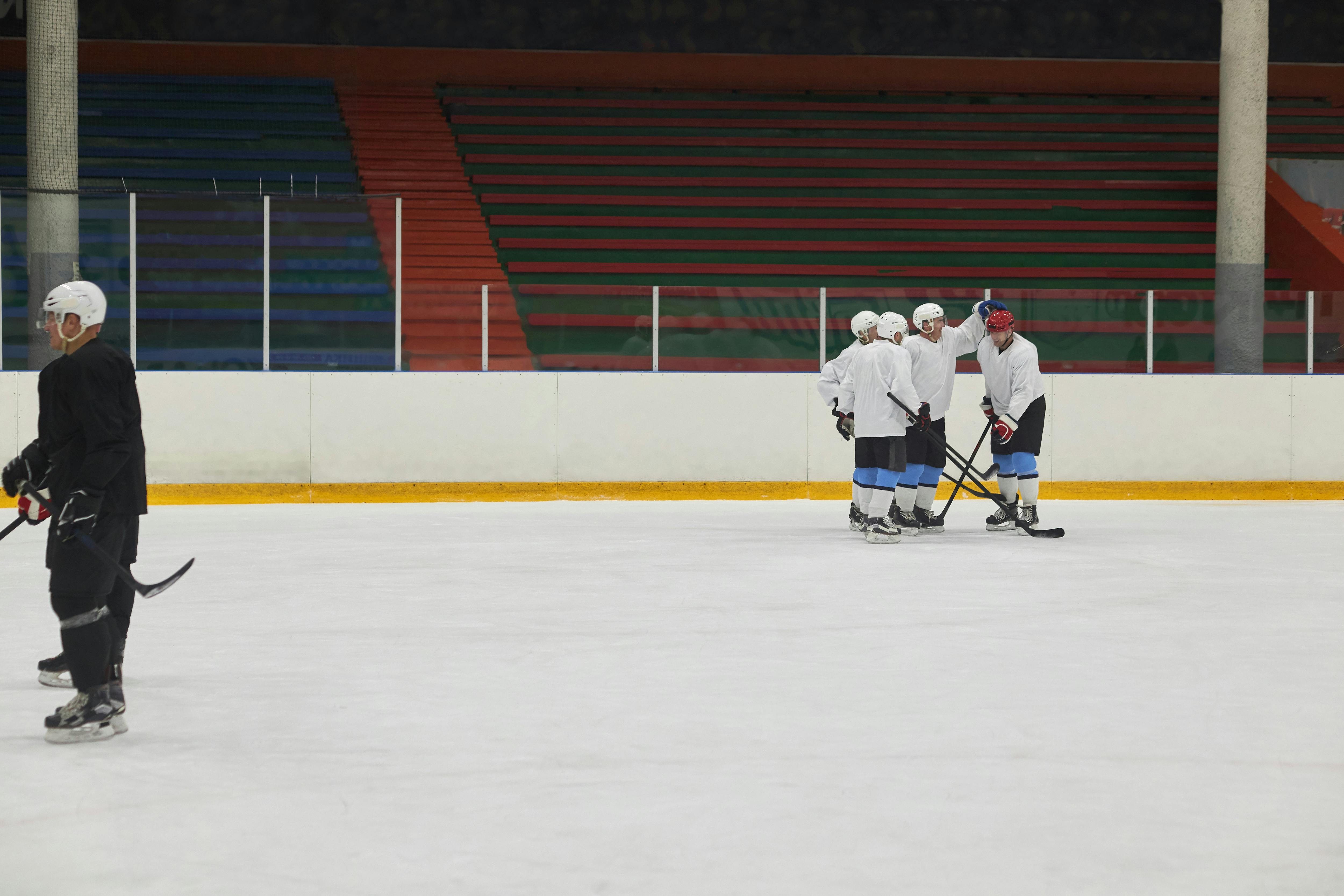
Bisbee Turquoise is one of the best known products of the historic Copper Town
The Bisbee mining camp in southern Arizona once had a population of more than 20,000 and in nearly a century of operation produced more than 8 billion pounds of metallic copper, along with hundreds of millions of dollars in gold and silver, but for many who know the city, its best offering has been the few hundred tons of turquoise it gave to the world.
Bisbee turquoise was found in large numbers in the late 1950s and 1960s, around the same time that Arizona Highways magazine began advertising the gemstone that was being set in silver by Native American silversmiths, particularly the Navajos. The fame of this jewelery and Bisbee turquoise soon spread around the world.
Because Bisbee’s finest turquoise was a deep blue (symbolic of the southwestern sky), with a matrix of chocolate brown, it was often the gemstone of choice for native artisans, and as its fame increased, so did. the stone they were using. . High-quality turquoise is relatively hard (6.5 on the Mohs scale, talc being 1 and diamond 10, versus just 5.5 for minor turquoise), polished to a brilliant shine, and will maintain that look for an extended period . Bisbee turquoise is among the hardest available.
While smaller amounts of turquoise were found in the Bisbee underground mines, which began operating in 1880, it was not until a significant bag of the material was struck at the Lavender open pit mine in the mid-20th century that it became available in large quantities. Sufficient quantities to become a commercial success.
Bisbee’s copper was mined primarily underground, with thousands of workers venturing into the bowels of the Mule Mountains each day for the first 70 years of operations. A small open pit mine, the Sacramento, was tested in the 1920s, but it was not until the early 1950s that a significant open pit operation began. Bisbee’s underground mines continued to work during those years.
Large off-road transport trucks, capable of hauling up to 65 tons of broken ore (huge for that time), were loaded with giant electric shovels. They took the ore to a crusher, where it was further reduced in size and fed into a concentrator, where grinding and chemicals made it possible to capture most of the metal. The concentrate was then shipped to a smelter in Douglas, 25 miles away, where 2,000-degree temperatures melted the material, allowing the metals to separate from other less valuable materials, including iron and sulfur.
As mining progressed in the deepening pit, it was frequently encountered by large Bisbee turquoise rocks, their beauty made it easy to distinguish between the dull gray and brown rock that housed it. The miners often recovered as much turquoise as they could and left the job site with them. Throughout the history of mines, the company had a policy of allowing miners to take away any attractive ore they could find.
And Bisbee offered a lot of those. With more than 330 species of minerals found in the Bisbee mines, it is one of the richest and most diverse mineral deposits in the world. (Some of that mineral diversity can be seen today at the Bisbee Mining & Historical Museum, which houses an extensive exhibit developed in affiliation with the Smithsonian Institution.) Turquoise Bisbee is on display in the openwork section of the exhibit.
The mining company eventually stopped collecting Bisbee turquoise because some miners were literally taking their lives into their own hands trying to snatch it from the masses of ore that were being dumped.
Today, many jewelers in Bisbee and elsewhere actively seek local turquoise from mining families who collected it decades ago. One company, Bisbee Blue, has the rights to mine turquoise from old landfills and offers local material, established by Native American silversmiths, at its Lavender Pit overlook shop.
Bisbee turquoise is a keepsake of the local mining heritage that many visitors to the historic mining camp choose to take home as souvenirs they can be proud to wear for years to come.